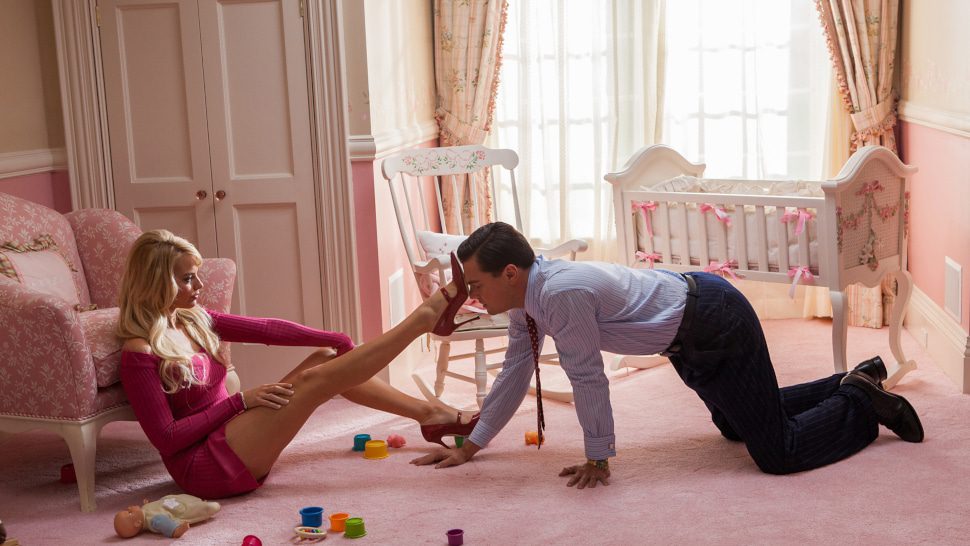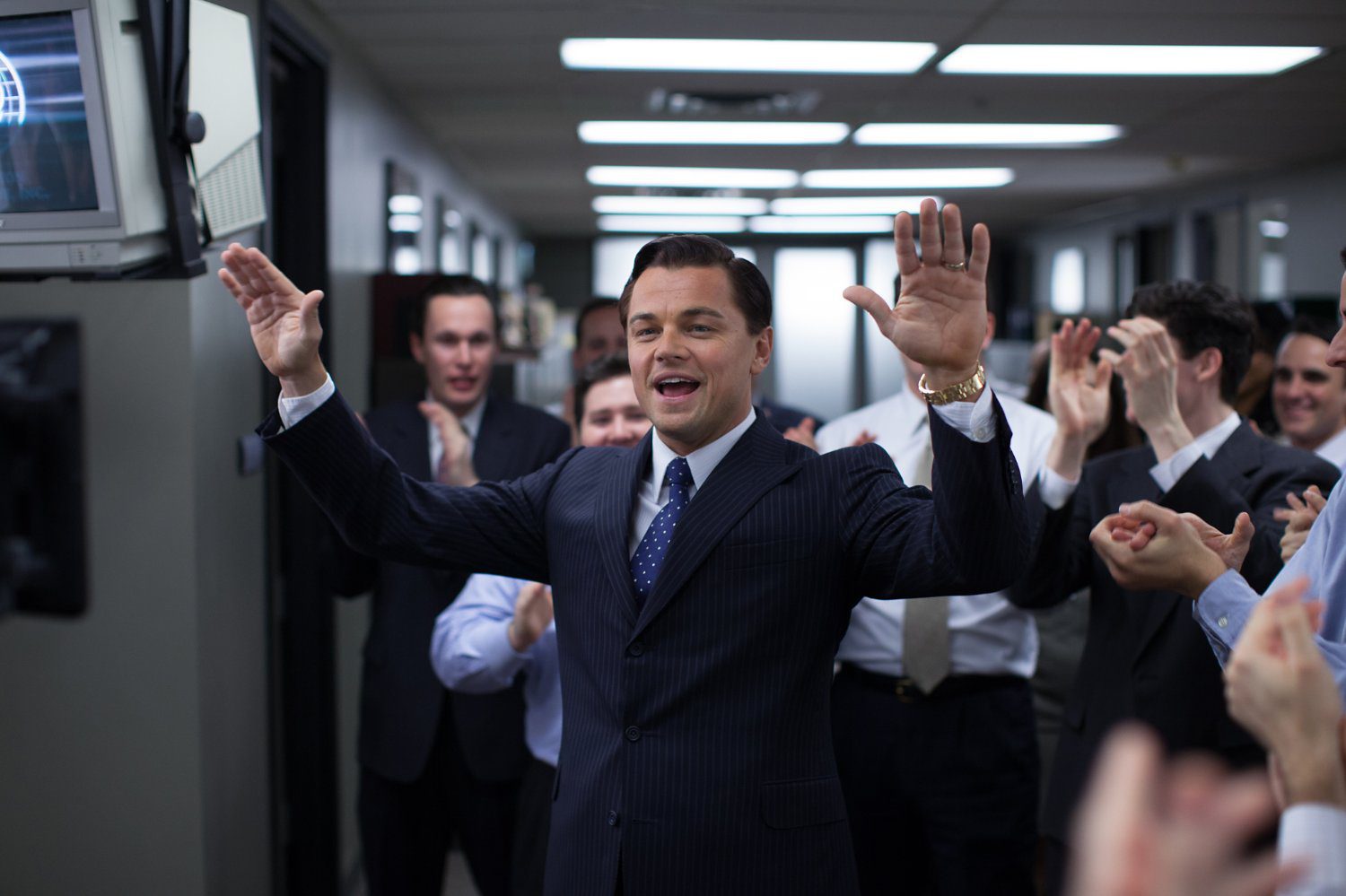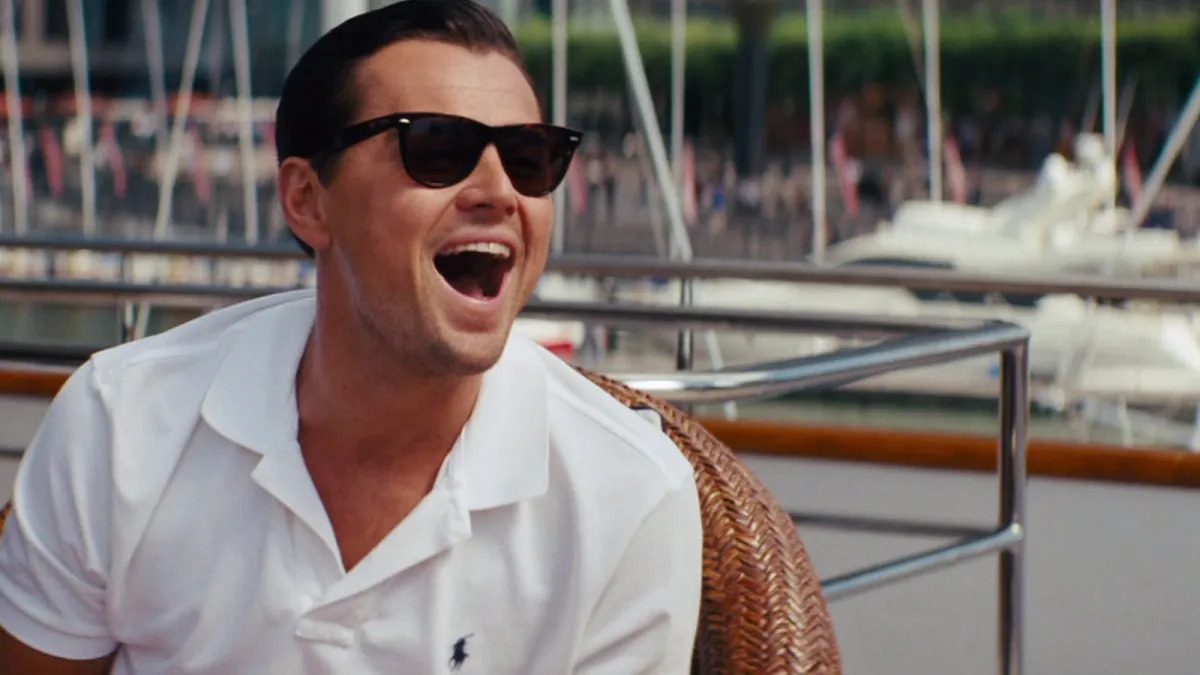When it comes to the most memorable 18+ movies of all time, one cannot overlook The Wolf of Wall Street (2013). This darkly comedic masterpiece directed by Martin Scorsese is based on the memoir of Jordan Belfort, a notorious Wall Street stockbroker. The film immerses audiences in a world of opulence, yet reveals the moral decay associated with wealth, addiction, and power, where ambition knows no bounds. Starring Leonardo DiCaprio as Belfort, alongside Margot Robbie and a talented supporting cast, this film is not just a tale of financial success but also a cautionary story about the excesses of the American Dream. Its engaging narrative leaves a profound impact, prompting viewers to reflect on the choices that define their lives.

The Wolf of Wall Street: A Journey Through Greed and Excess
The Wolf of Wall Street depicts the dark underbelly of the American Dream through the life of Jordan Belfort – a stockbroker who embodies greed and excess. Based on Belfort’s own experiences, the film transcends a mere financial story, offering a poignant commentary on the moral pitfalls of the financial industry during the 1980s and 1990s. With performances by Leonardo DiCaprio, Margot Robbie, and an impressive ensemble, the film leaves an indelible mark on audiences, simultaneously entertaining and serving as a cautionary tale about the perils of ambition.
The story centers around Jordan Belfort (Leonardo DiCaprio), a young man who ambitiously seeks to conquer Wall Street with dreams of wealth. Under the mentorship of his boss Mark Hanna (Matthew McConaughey), Jordan quickly learns the ruthless philosophy of making money at any cost, indulging in drugs and a lavish lifestyle. He establishes Stratton Oakmont, turning it into a cash-printing machine through illegal stock trading and fraudulent practices. With a lavish lifestyle, extravagant parties, and a marriage to Naomi Lapaglia (Margot Robbie) – a stunning model – he reaches great heights. However, this wealth comes with a price, leading to addiction, debauchery, and decisions that attract the scrutiny of the FBI. Ultimately, as Jordan’s empire crumbles, he faces arrest, betrayal, and the high cost of unbridled ambition. The film concludes with Jordan standing before a crowd at a sales seminar, a haunting reminder of his fall from grace.

The Wolf of Wall Street received widespread critical acclaim and was recognized at numerous prestigious awards. At the 86th Academy Awards (2014), the film garnered five nominations: Best Picture, Best Director (Scorsese), Best Actor (DiCaprio), Best Supporting Actor (Jonah Hill), and Best Adapted Screenplay (Terence Winter), although it did not win any. Leonardo DiCaprio received the Golden Globe for Best Actor in a Motion Picture – Musical or Comedy, while the film was also nominated for Best Motion Picture – Musical or Comedy. At the BAFTA Awards, it received four nominations but did not secure a win. Additionally, various organizations including the National Board of Review and the American Film Institute ranked the film among the top ten films of 2013. With a box office gross of over $392 million against a budget of $100 million, it stands as Scorsese’s most commercially successful film to date.
The Wolf of Wall Street also received polarized reactions from critics. On Rotten Tomatoes, it holds a 79% approval rating based on 276 reviews, with some praising it as “a high-energy, deeply satirical work” that tackles the excesses of Wall Street. Many lauded Scorsese’s direction, DiCaprio’s magnetic performance, and Winter’s sharp screenplay. However, some critiques focused on the film’s lengthy runtime of three hours and its portrayal of excessive wealth without sufficient critique. People remarked that the film “lacks emotional depth,” while the Wall Street Journal described it as “three hours of debauchery and behavior so outrageous it defies belief.” Regardless, the film’s allure and lasting impact cannot be denied.

Margot Robbie Shines in a Bold Role
The Wolf of Wall Street is not only impactful for its plot but also for its bold character portrayals:
- Jordan Belfort’s real-life counterpart: Jordan Belfort makes a cameo in the film, introducing Leonardo DiCaprio (as Jordan) at the sales seminar, thus blending reality with fiction.
- Drugs portrayed as… vitamins: The film’s characters use various drugs, notably Quaaludes, a substance depicted as a vitamin B analogue. DiCaprio and Jonah Hill reportedly overindulged during filming, leading to health issues.
- Margot Robbie’s striking appearance: Margot Robbie’s character, Naomi, is portrayed with a boldness, opting for revealing attire rather than the conservative dress initially intended. This choice aligns with Naomi’s character and enhances her standout presence.
- DiCaprio’s improvised moment: The “gutter” scene with Mark Hanna was a spontaneous idea from DiCaprio, drawing inspiration from McConaughey’s warm-up routines before filming. It became a cultural touchstone post-release.
- The film faced bans in several countries: Due to its explicit content, including sex, drug use, and the frequent use of profanity (the f-word is used 506 times – a record for Hollywood films), it was banned in Malaysia, Nepal, Zimbabwe, and several other regions.
- The Lamborghini’s destruction was real: The white Lamborghini Countach driven by Jordan was intentionally destroyed during filming, ensuring authenticity.
What Happened to Leonardo DiCaprio and Margot Robbie After the Film?

Before The Wolf of Wall Street, Leonardo DiCaprio was already a major star. From Titanic (1997) to Scorsese’s films like The Aviator (2004) and The Departed (2006), he built his reputation with multifaceted roles, earning four Oscar nominations.
The character Jordan Belfort showcases DiCaprio’s range: both comedic and tragic, earning him a Golden Globe and his fourth Oscar nomination. Subsequently, he won his first Oscar for The Revenant (2015), continued collaborating with Scorsese on Killers of the Flower Moon (2023), and appeared in Once Upon a Time in Hollywood (2019). He expanded as a producer through Appian Way, focusing on environmental projects, and maintained his status as a leading man post-The Wolf of Wall Street.

Margot Robbie, portraying Naomi Lapaglia, emerged as a significant talent following this film. At just 23 years old, she brought to life a glamorous yet deeply flawed character, showcasing her confidence and ability to hold her own alongside DiCaprio. Critics praised her for her strong performance, with Variety dubbing her “a remarkable discovery.”
After the film, Robbie quickly rose to A-list status. The role of Naomi led her to portray Harley Quinn in Suicide Squad (2016), earn an Oscar nomination for I, Tonya (2017), and star in blockbusters like Once Upon a Time in Hollywood (2019) and Barbie (2023). From a lesser-known actress, Robbie became a symbol of beauty and talent, being honored by Time as one of the 100 most influential people in the world (2017).
The Wolf of Wall Street is not merely a tale of Jordan Belfort’s rise and fall; it serves as a broader commentary on greed and the consequences of excess. With outstanding performances and a masterful direction, the film has etched its name in cinematic history. For Margot Robbie, it was the launching pad that transformed her into a global star. For Leonardo DiCaprio, it further solidified his legacy in the industry. Despite the controversies, The Wolf of Wall Street remains a compelling work that inspires reflections on ambition and the cost of success.





















